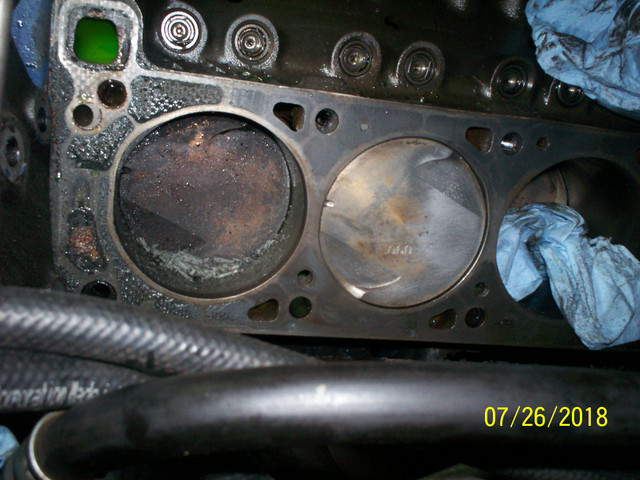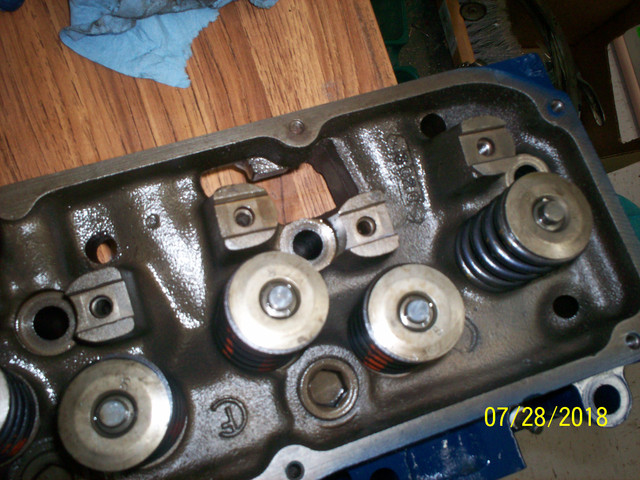- Joined
- Nov 7, 2013
- Messages
- 1,623
- Reaction score
- 337
- Location
- Amsterdam, The Netherlands
- My Car
- 1973 Mustang Grande 351C 2V, built on the very last production day (July 6, 1973) for Grande's.
Hey folks,
Sorry if this has been asked a million times before but the search engine returns nothing for "difference 2v heads" and numerous websites I read didn't not address this.
I'm planning a rebuild of my little 73 351C-2V. The past week I've been reading a lot about all possible upgrades and modifications possible and it lead me to the compression in 351C-2V engines. This website shows compression was changed from 9.5 in 71 to 8.6 in 72/73: http://mustang-s.com/years/1973/1973_engine_351c.htm
It's unclear to me how they did this. Was the 2V head changed from closed chamber to open? (didn't think so) or did the pistons change in some way? Any cam changes?
What were the changes causing the lower compression in 72/73 and can they be reversed?
Thanks,
VIncent.
Sorry if this has been asked a million times before but the search engine returns nothing for "difference 2v heads" and numerous websites I read didn't not address this.
I'm planning a rebuild of my little 73 351C-2V. The past week I've been reading a lot about all possible upgrades and modifications possible and it lead me to the compression in 351C-2V engines. This website shows compression was changed from 9.5 in 71 to 8.6 in 72/73: http://mustang-s.com/years/1973/1973_engine_351c.htm
It's unclear to me how they did this. Was the 2V head changed from closed chamber to open? (didn't think so) or did the pistons change in some way? Any cam changes?
What were the changes causing the lower compression in 72/73 and can they be reversed?
Thanks,
VIncent.

























































